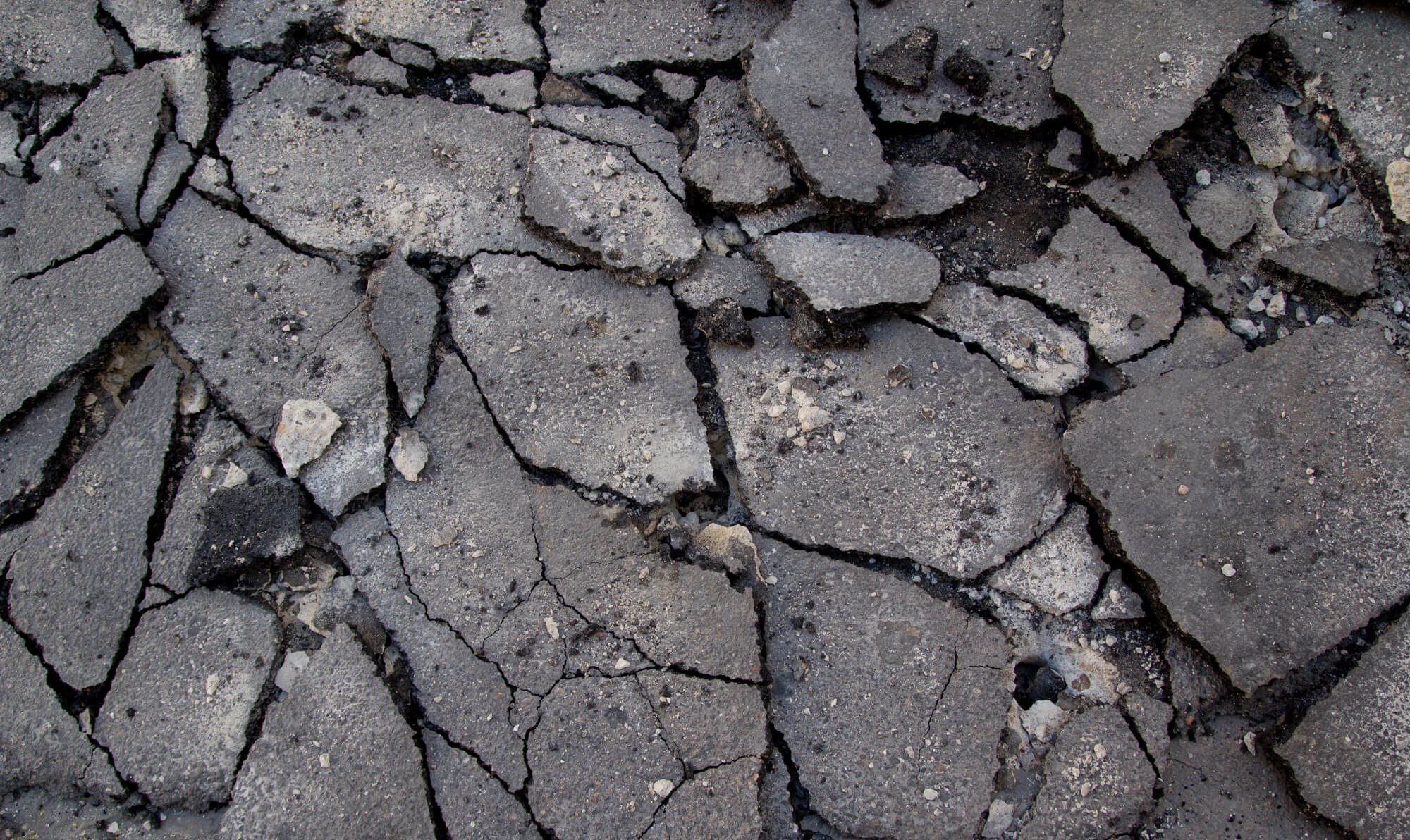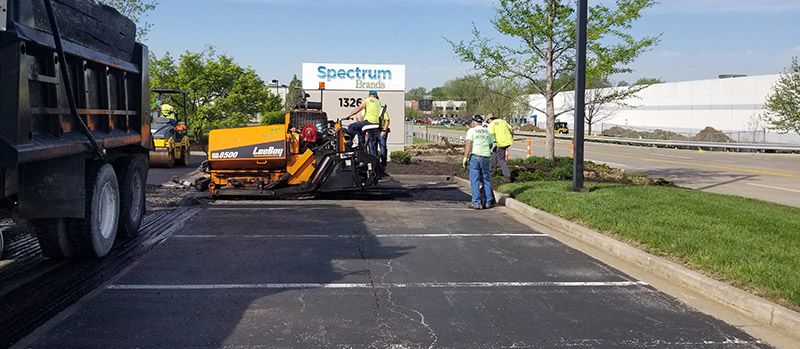9 Easy Facts About A1 Professional Asphalt & Sealing Llc Described
9 Easy Facts About A1 Professional Asphalt & Sealing Llc Described
Blog Article
The A1 Professional Asphalt & Sealing Llc Diaries
Table of ContentsHow A1 Professional Asphalt & Sealing Llc can Save You Time, Stress, and Money.Little Known Questions About A1 Professional Asphalt & Sealing Llc.Some Ideas on A1 Professional Asphalt & Sealing Llc You Need To KnowThe Best Guide To A1 Professional Asphalt & Sealing LlcThe Ultimate Guide To A1 Professional Asphalt & Sealing Llc

The oil in a car engine is not simply oil. It includes a variety of additives to enhance the car's efficiency. These include polymers, viscosity modifiers, warm stabilizers, extra lubricants, and put on ingredients. The REOB contains all the ingredients that were in the waste oil along with the wear steels from the engine (mainly iron and copper).
Nonetheless, by making numerous blends utilizing various REOB examples and various asphalt binders, the variants greatly can be balanced out. Several States provided examples of known REOB composition to TFHRC scientists, who assessed the samples to contrast the portion of included (understood) REOB to the found (checked) amount. The analyses revealed a comparable percentage of included and found REOB.
Examine This Report about A1 Professional Asphalt & Sealing Llc
They obtained a frustrating feedback. The TFHRC researchers analyzed 1,532 samples from 40 States, one Canadian district, and two Federal Lands Freeway departments. They examined each sample twiceamounting to even more than 3,000 analyses. None of those States understood that the asphalt they were purchasing included REOB. One State urged its examples had no REOB.
Of the 1,532 examples evaluated, 12 percent included REOB, and some had substantially high levels of it at 1020 percent. The greatest level was 34 percent in a sample from Texas, which TxDOT had utilized in a patching substance. This testing likewise revealed the presence of phosphoric acid in 11 percent of the samples, and 2 percent included ground tire rubber.
Two years back at TRB's yearly meeting, the Federal researchers held an REOB workshop and offered the findings of their lab assessments to a standing room-only crowd. Although some firms do not especially outlaw REOB, they do impose physical examinations that preclude its useeffectively a ban. asphalt repairs. Others do not outlaw it by requirements, but have agreements with asphalt vendors to avoid using REOB
The Greatest Guide To A1 Professional Asphalt & Sealing Llc
A handful do permit REOB, some within certain limitations. Ohio and Texas limit degrees to less than 5 percent of the asphalt. To develop a reputable examination approach that all States can make use of, the TFHRC scientists established up a round-robin test plan. The individuals are 11 State freeway firms (Illinois, Massachusetts, Minnesota, Mississippi, Montana, North Carolina, Oklahoma, South Carolina, Texas, Vermont, and Wyoming), 2 independent testing labs, the Ministry of Transport in Ontario, Queen's University in Ontario, and an Ontario paving professional.
In overall, the scientists prepared and shipped 720 blends. The participants are checking the examples individually making use of the guidelines offered by the TFHRC researchers. The round-robin testing is nearly completed, and TFHRC is in the procedure of gathering the outcomes. The result will certainly be a suggested AASHTO examination technique that any type of State can embrace and utilize (cold mix vs hot mix asphalt).
The pavement with REOB, which is situated 0.6 mile (1 kilometer) from the pavement without REOB, has similar subgrade, traffic thickness, and environment. The segment of Highway655 with 5 to 10 percent REOB revealed considerable cracking. In this example, the existence of REOB was the identified reason for fracturing at a reduced temperature levels.
"In our experience in Canada, even tiny amounts of 23 website here percent can be an issue." Similarly, a section of examination sidewalk in Minnesota (MN1-4) found to include REOB also split too soon. The pavement performed well for the very first 3 to 4 years, but after that began to break. This pavement is also based on low temperature levels.
Not known Facts About A1 Professional Asphalt & Sealing Llc
The tests were not considerable, yet they revealed that at levels of 6 percent or more, the tensile toughness of the asphalt dropped dramatically. At a level of 3.5 percent REOB, the variation in the physical examination methods was higher than the result of REOB. It was difficult for researchers to evaluate whether REOB was present. https://justpaste.it/g23qf.

One binder specification thought about is the difference in between the reduced temperature level important specification temperature level for stiffness (S) in the flexing beam of light rheometer and the flexing light beam rheometer creep incline (m-value) noted as Tcritical. TC = TC (S) TC (m-value). Evaluation of this specification is still recurring. Two independent research study groups, one from AASHTO and the various other from the Asphalt Institute, wrapped up that more research study is needed on making use of REOB in asphalt.
Formerly, all asphalt testing gauged engineering residential properties such as stiffness. These tests do not reveal what materials had been included to the asphalt.

A1 Professional Asphalt & Sealing Llc Things To Know Before You Get This
These results demonstrate there are weak points in the standardized design screening protocols that may be manipulated. The manufacturer might have a financial benefit and the product passes all the standardized tests, however the item might not be valuable to guaranteeing long-term efficiency. To resolve this issue and the growth of new asphalt ingredients and extenders, TFHRC is beginning a research program to make use of portable spectroscopic devices, x-ray fluorescence spectroscopy, and Fourier change infrared spectroscopy to enable analyses to be carried out in the area as opposed to needing to take examples back to the laboratory.
Report this page